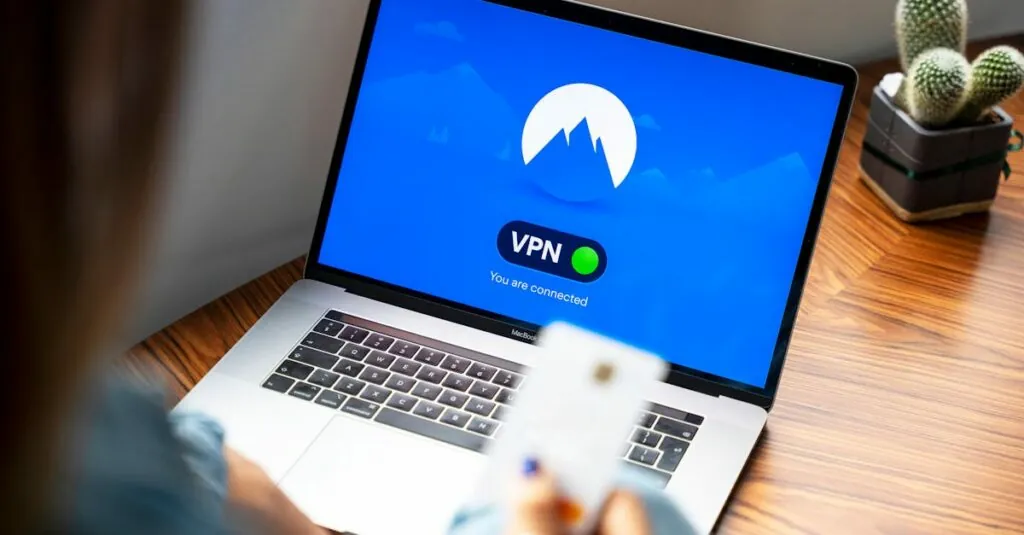Table of Contents
ToggleIn a world where smartphones reign supreme, the battle between iPhone and Android users is as fierce as ever. But what happens when you find yourself in a pinch, needing to swap SIM cards? Can you really put an iPhone SIM card in an Android device? Spoiler alert: it’s not as simple as trading baseball cards in the schoolyard.
Understanding SIM Cards
SIM cards serve as essential components in mobile devices, facilitating connectivity to cellular networks. These small cards contain unique identifiers and authentication credentials linked to the user’s mobile plan.
What Is a SIM Card?
A SIM card acts as a digital key for mobile phones. It stores information like the phone number and network details. Without this card, devices can’t access cellular services. Various mobile carriers provide these cards, allowing users to connect to their respective networks.
Types of SIM Cards
Several types of SIM cards exist, each catering to different devices. Standard SIMs are larger and often found in older phones. Micro SIMs started appearing around 2010, providing a compact alternative. Nano SIMs are the smallest, widely used in modern smartphones, including the latest iPhone and Android models. eSIMs, or embedded SIMs, offer a digital approach, allowing users to switch networks without a physical card.
Key Differences Between iPhone and Android SIM Cards
Understanding the differences between iPhone and Android SIM cards helps clarify why swapping isn’t always simple. Key factors include size variations and network compatibility.
Size Variations
SIM cards come in different sizes. Standard SIMs fit older devices, micro SIMs suit some mid-range phones, while nano SIMs serve most current models. Apple uses nano SIMs exclusively in recent iPhone versions. Android phones, however, may use any of the three sizes, depending on their brand and model. The size variations lead to compatibility issues when transferring a SIM card. Users must ensure the physical dimensions match the SIM card slot in the receiving device.
Network Compatibility
Network compatibility affects whether an iPhone SIM card functions in an Android device. Different carriers support varying technologies, such as GSM and CDMA. Most iPhones operate on GSM networks, which many Android phones also use. Some Android devices, especially those on US carriers, leverage CDMA technology. Understanding the supported networks for each device proves essential before attempting a SIM card swap. A SIM that works in one phone might not function in another if the networks differ.
Can You Put an iPhone SIM Card in an Android?
Transferring an iPhone SIM card to an Android device involves several compatibility factors. Size variations in SIM cards pose significant challenges. iPhones use nano SIMs exclusively, while Android models may utilize standard, micro, or nano SIM cards. Aligning the card’s dimensions with the receiving device’s SIM slot is essential. Network compatibility also influences successful transfers. Most iPhones operate on GSM networks, which many Android devices support as well. However, some Android models function on CDMA networks, potentially complicating the swap if the networks differ.
Compatibility Factors
Understanding compatibility factors is crucial when considering a SIM card transfer. First, the size of the SIM card must match the slot in the Android device. Some users opt for SIM cutting tools if the card is too large, but caution is vital to avoid damage. Network compatibility requires attention, as not all Android devices support the same technology as iPhones. GSM and CDMA networks present different challenges, and checking network compatibility is necessary before proceeding with a swap. Overall, considering these factors ensures a smoother transition when moving an iPhone SIM card into an Android device.
Steps to Insert the SIM Card
Inserting an iPhone SIM card into an Android device involves a few straightforward steps. First, power off the Android phone to prevent any potential issues during the swap. Next, locate the SIM card tray, usually on the side of the device. Using a SIM eject tool, gently pop open the tray. Carefully remove the existing SIM card, if any, placing it aside. Then, insert the iPhone SIM card into the tray, ensuring the orientation matches any diagrams posed by the tray. Finally, push the tray back into the device and power it on. Upon boot-up, the phone should recognize the SIM card if compatible.
Potential Issues to Be Aware Of
While transferring an iPhone SIM card to an Android device might seem simple, several issues can arise. Users must be aware of the implications of network compatibility and data transfer settings.
Network Locking
Network locking often complicates the process. Many carriers lock their devices to specific networks, so an iPhone’s SIM card may not function in an unlocked Android phone. Checking if the Android device is unlocked beforehand prevents disappointment. GSM networks typically support both iPhones and many Android devices, yet some Android models rely on CDMA technology. A SIM card from an iPhone won’t connect if the receiving device is locked to a different provider. Confirming network compatibility ensures seamless functionality.
Data Transfer and Settings
Data transfer remains crucial when changing devices. Different operating systems handle contacts, messages, and images in distinct ways. Transferring data after inserting the SIM card may require specific settings adjustments on the Android device. Users often find transferring data through cloud services or applications simplifies the process. They should ensure the necessary apps are installed before attempting a transfer. Adjusting settings also helps sync data, such as contacts stored on the SIM card for compatibility with the Android system. Understanding these differences enhances the transfer experience.
Swapping an iPhone SIM card into an Android device can be tricky but it’s not impossible. Users must pay close attention to SIM card sizes and network compatibility to ensure a successful transfer. Understanding these factors can save time and prevent frustration.
While the process may require some adjustments and careful handling, with the right knowledge and tools, users can navigate this switch smoothly. Emphasizing proper data transfer techniques and device settings can further enhance the experience. By following the outlined steps and precautions, transitioning from an iPhone to an Android can be a seamless endeavor.







